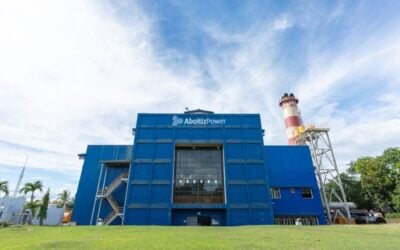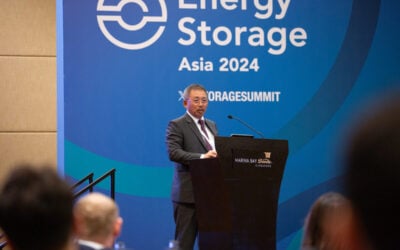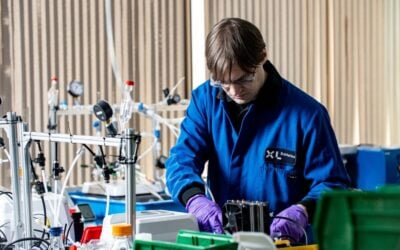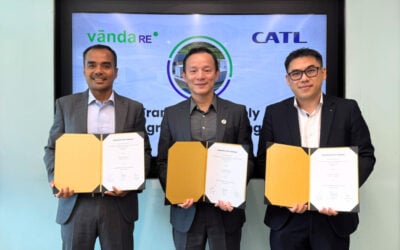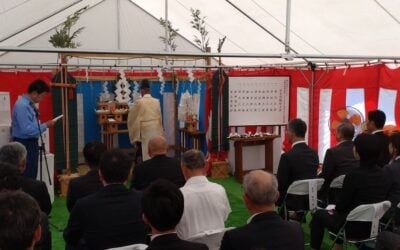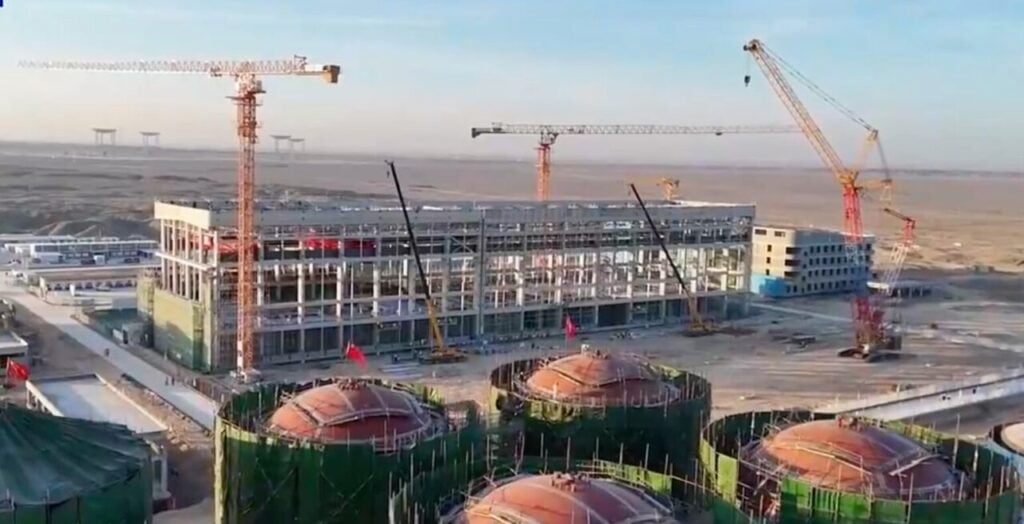
Installation work has started on a compressed air energy storage project in Jiangsu, China, claimed to be the largest in the world of its kind.
Construction on the project started on 18 December 2024, according to China state-owned news outlet CCTV. Its full name is the Huaneng Jintan Salt Cave Compressed Air Energy Storage Power Generation Phase II Project.
Enjoy 12 months of exclusive analysis
- Regular insight and analysis of the industry’s biggest developments
- In-depth interviews with the industry’s leading figures
- Annual digital subscription to the PV Tech Power journal
- Discounts on Solar Media’s portfolio of events, in-person and virtual
Two sets of 350MW compressed air energy storage (CAES) units will be built, meaning a total power of 700MW, while the energy storage capacity will be 2.8GWh, via compressed air stored in a cavern with a capacity of 1.2 million cubic meters. That implies a discharge duration of four hours.
The announcement didn’t specify when the project would be completed.
The project has been claimed as the largest CAES system in the world by single unit power, capacity and efficiency. It has been jointly developed by utility China Huaneng and state-owned firm China Salt Group.
CAES technology charges by pressurising air and funnelling it into a storage medium, in this case, and most others, a salt cavern, and discharges it by releasing the compressed air through a heating system. This system expands the air, and it is then sent through a turbine generator.
Technical support for the Jiangsu project was provided by research institutions Tsinghua University and the Xi’an Thermal Power Research Institute.
Earlier this year, another CAES project in China was connected to the grid, also claimed to be the largest in the world at 300MW/1,500MWh, in Hubei. The owners of that project are China Energy Construction Digital Group and State Grid Hubei Integrated Energy Services.
CAES technology is typically deployed in configurations allowing for discharge of more than four hours, and is being used for some of the largest long-duration energy storage (LDES) projects under construction in the world outside of China too.
Energy-Storage.news interviewed developer Corre Energy, which is behind two in Europe, in Germany and the Netherlands, about the technology and its place in the LDES landscape earlier this year (Premium access). That followed a discussion with Hydrostor, a company working on projects with the similar, advanced compressed air energy storage (A-CAES) technolog (also Premium access).

